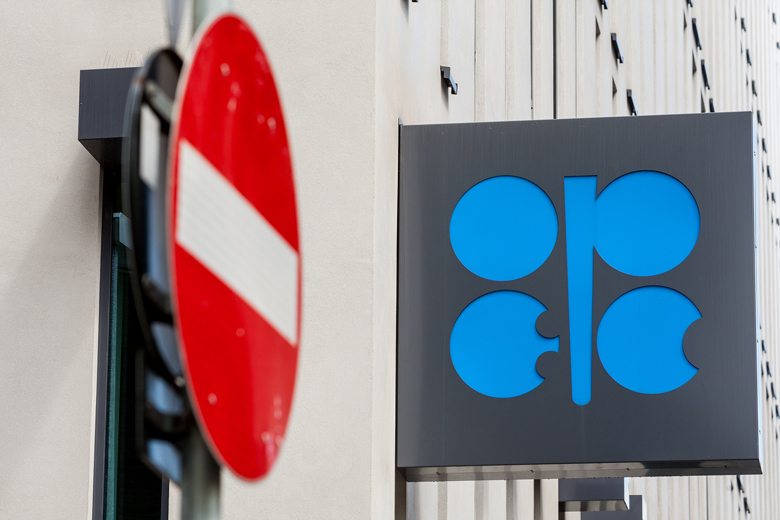

Oil ministers from Opec and 11 non-Opec oil producing countries meeting in Vienna are close to agreeing significant new cuts to oil production levels, according to sources in Vienna.
Discussions on 5 November ran late into the night as ministers considering a recommending that producers deepen the existing production cut deal of 1.2 million barrels a day (b/d) by an additional 500,000 b/d to give a lift to a sluggish crude market.
Alexander Novak, Russia’s energy minister, said that a committee of ministers had agreed to cut production until March 2020, when the current deal expires, by 1.7m b/d.
According to officials, Opec members led by Saudi Arabia are expected to account for 360,000 b/d of the additional cuts, while the non-Opec group, which is led by Russia, will shoulder an additional 160,000 b/d in cuts.
A key area of contention for ministers, and Russia in particular, is to agree on the exclusion natural gas liquids (NGL) or condensates from the additional cuts to countries’ production quotas.
Opec ministers are understood to have conceded to Russia’s demands for these to be excluded, according to Opec officials.
The measure is expected to be formally approved by ministers from the wider Opec+ alliance at their ongoing meeting in Vienna later on 6 December.
Prolonged discussions
A scheduled press conference on 5 December to announce an agreement was cancelled amid rumours that officials from Angola had staged a walkout from the meeting over their case not being heard by fellow members.
Saudi Arabia’s Energy Minister, Prince Abdulaziz bin Salman, said as he left the Opec secretariat shortly after 10pm on 5 December that they could not agree a deal before speaking with Russia and other non-Opec members in the morning.
Kuwaiti oil minister Khaled Ali al-Fadhel indicated a provisional deal had been reached, however, without giving details.
One Opec delegate said on 5 December a deal between the group for 500,000 b/d of additional cuts had been agreed, with the cartel to take on approximately two-thirds of these curbs.
The delegate cautioned non-Opec countries led by Russia would still have to approve the final distribution of the cuts among members during the Vienna meeting on 6 December.
Brent rises
Optimism surrounding a meaningful deal being reached in Vienna helped boost oil price on 5 December, with Brent crude, the international benchmark, reaching a high of $63.8 a barrel.
The recommendation by Russia and Saudi Arabia came after analysts had warned that the crude market could be heavily oversupplied in the first half of next year amid robust US shale supply and global economic weakness.
It also came as Prince Abdulaziz, in office since September, sought to stamp his authority over the group and pushed for greater compliance among producers.
Traders and analysts attending the meeting in Vienna had cautioned that an additional 500,000 b/d cut may not be enough to sway oil prices higher in any meaningful way.
Saudi Arabia had already been pumping far below its production target before the attack on two of its major oil facilities in September. After increasing output as the kingdom recovered, it has since throttled it back.
Meanwhile, on 5 December, Saudi state energy giant Saudi Aramco announced it has raised $25.6bn from the initial public offering (IPO) of shares in the company, making it the biggest-ever IPO in history, giving the company a valuation of $1.7tn.
A stronger oil price would help support the shares in the early days of trading.
Analysts have suggested the group could have even announced a larger cut — perhaps as much as 800,000 b/d — as the kingdom tried to engineer a “surprise”.
You might also like...

Rainmaking in the world economy
19 April 2024

Oman receives Madha industrial city tender prices
19 April 2024

Neom seeks to raise funds in $1.3bn sukuk sale
19 April 2024

Saudi firm advances Neutral Zone real estate plans
19 April 2024
A MEED Subscription...
Subscribe or upgrade your current MEED.com package to support your strategic planning with the MENA region’s best source of business information. Proceed to our online shop below to find out more about the features in each package.





